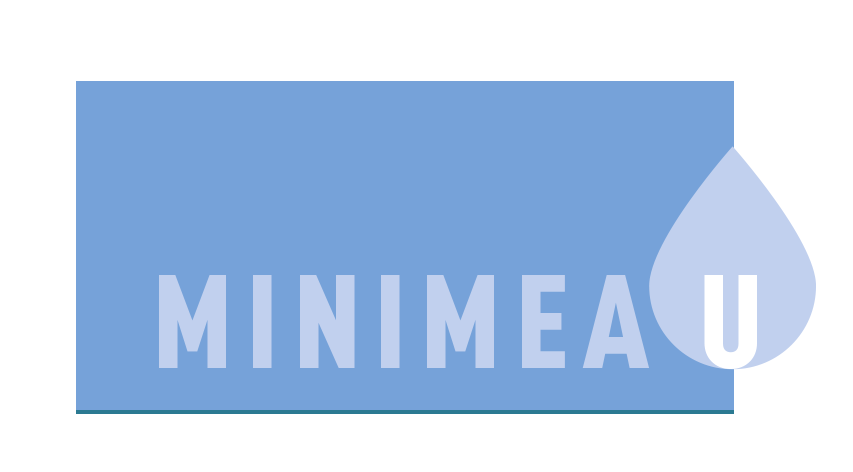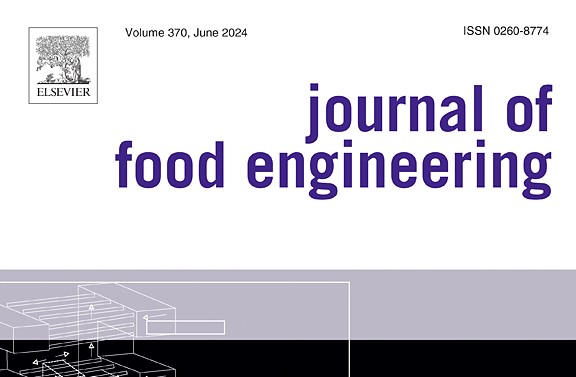Treatment of cauliflower processing wastewater by nanofiltration and reverse osmosis in view of recycling
Journal of Food Engineering – Volume 317, March 2022, 110863
Céline Garnier, Wafa Guiga, Marie-Laure Lameloise, Laure Degrand, Claire Fargues from Université Paris-Saclay, INRAE, AgroParisTech, UMR SayFood, 91300, Massy, France and Conservatoire National des Arts et Métiers, UMR SayFood, 75003, Paris, France.
Highlights
- Ultrafiltration followed by reverse osmosis allows to consider recycling of cauliflower wastewater.
- ESPA4 membrane at 19 bar leads to 70 L h−1. m−2 permeate flux and 95% COD rejection.
- Solution-diffusion model considering concentration polarization was successfully applied.
- DK, NF270 and ESPA4 permeabilities for fructose and glucose were determined.
- Nanofiltration with 150–300 g mol−1 molecular weight cut-off is not suitable, due to the transfer of small metabolites.
Abstract
The vegetable industry is a large consumer of drinking water. This paper investigates the possibilities of Reverse Osmosis (RO) or tight Nanofiltration (NF) for the treatment of cauliflower blanching wastewater with a view to recycling within the production unit. Ultrafiltration at 100 000 g mol−1 molecular weight cut-off was necessary to decrease turbidity below 1 NTU as required before NF or RO. Three NF (DK, NF270 and SRD3) and one RO (ESPA4) membranes were tested at bench-scale in a crossflow filtration mode. Only RO allowed to reach the desired quality for a reuse purpose, with an acceptable residual COD content of 225 mg O2 L−1. The Solution-Diffusion model was validated for the transfer of glucose and fructose, for NF270, DK and ESPA4 membranes and their permeability coefficients calculated.


Commentaires récents